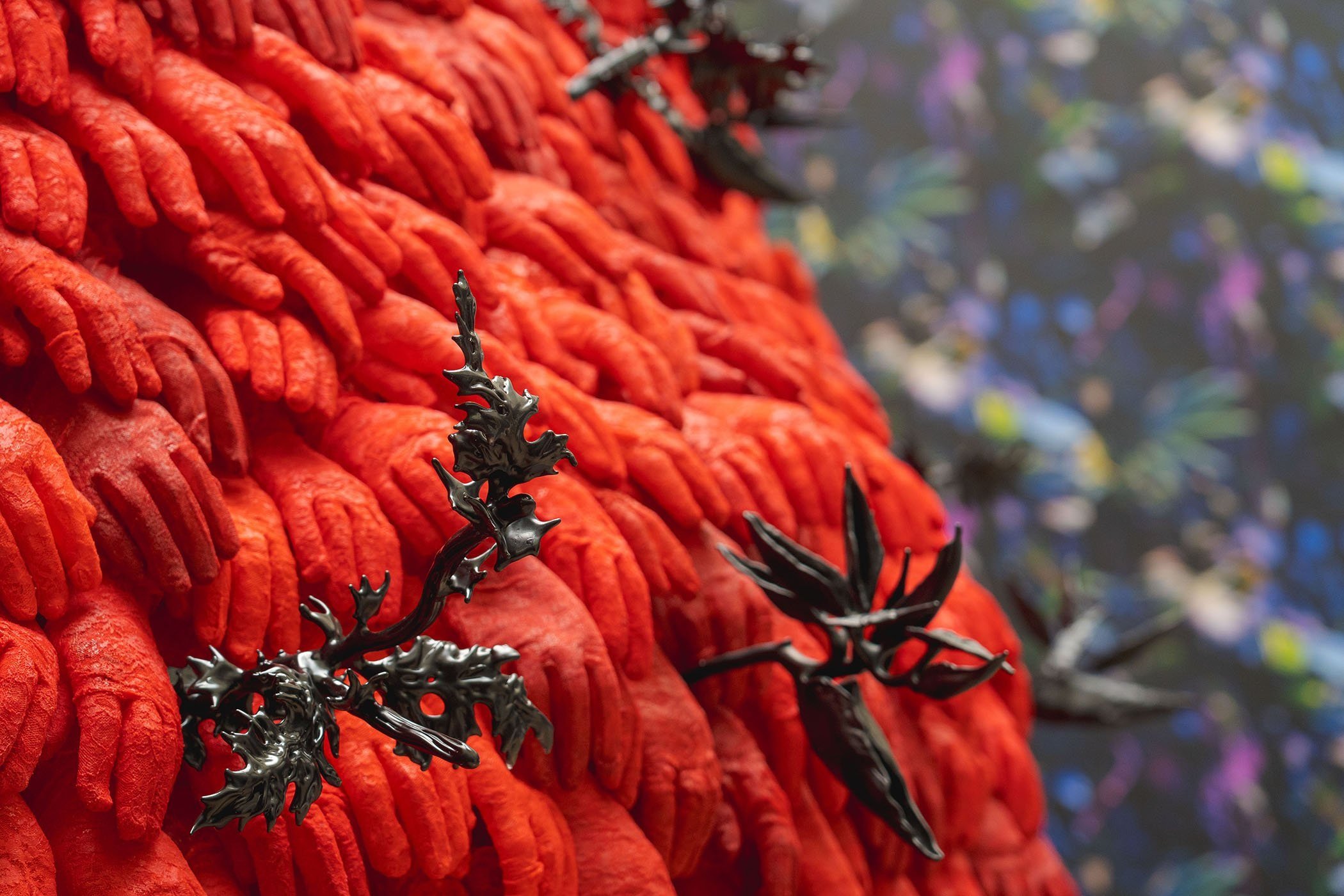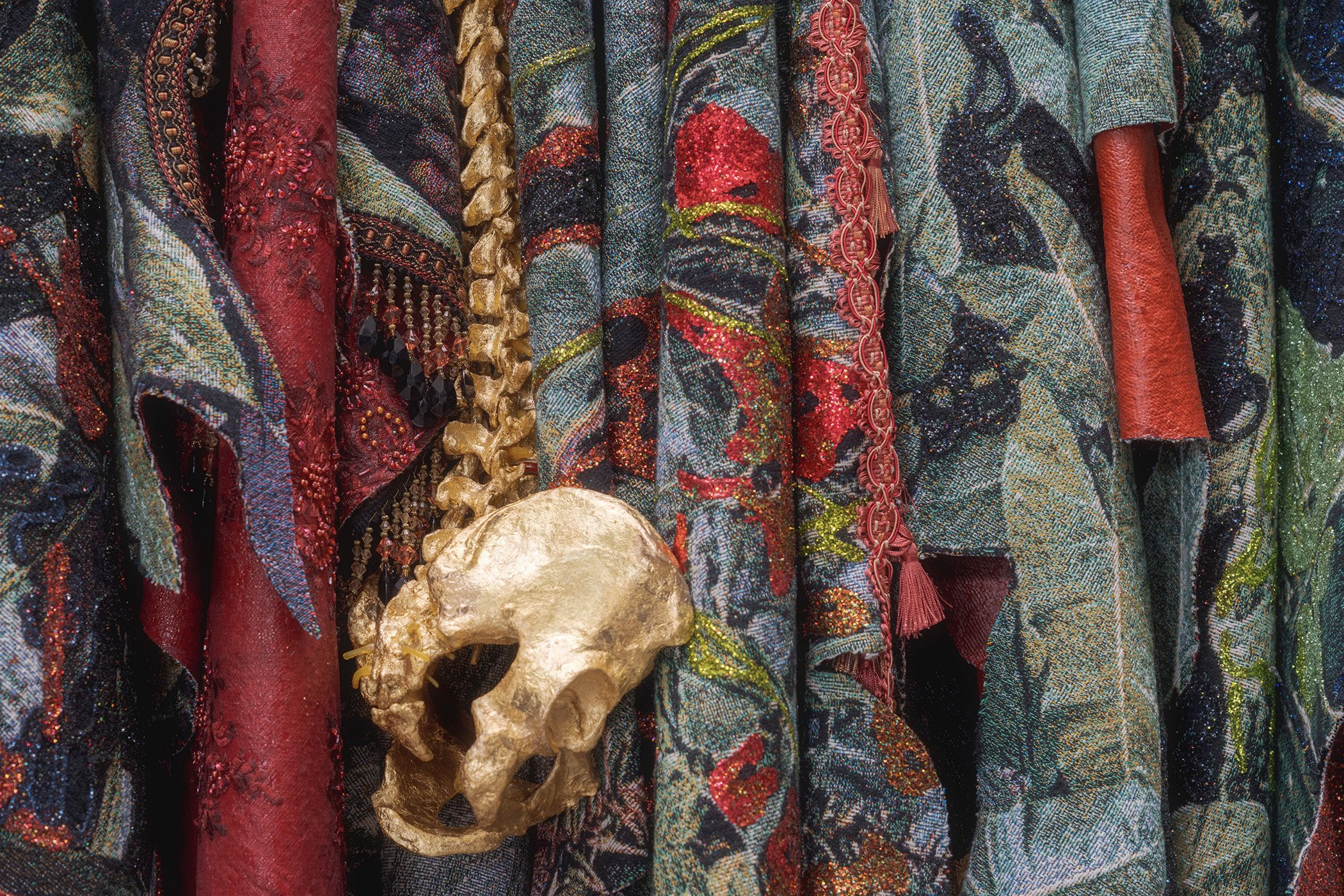Art and the garden
Art and the garden
The arrival of the New York Botanical Garden’s exhibit “Gardens & Works by Ebony G. Patterson” (May 27 through Sept. 17), featuring site-specific installations by the Jamaica-born artist, is a reminder that art and the garden have been having a conversation for centuries.
Ancient Egyptian Painting: Garden Scene, Tomb of Ipuy, photo by Norman de Garis Davies - Wikipedia
From the Neanderthal “sculpture garden” of France’s Bruniquel Cave to the depictions of gardens in ancient Egyptian painting to the sculpture parks of today, the natural world and manmade creations have inspired each other. And that inspiration has proved infectious among gardening enthusiasts who enjoy displaying their art collections outdoors – or just can’t resist a ceramic bunny or toadstool popping up among the real ones.
Whether you’re shopping for garden treasures at the Christmas Tree Shop or Barbara Israel Garden Antiques, it helps to keep a few ideas in mind:
First, what do you hope to accomplish? Display a collection? A bit of whimsy? What you want to achieve will tell you what kind of relationship your garden is going to have with art.
Second, think scale. The greatest work in the world will look ridiculous if it dwarfs its surroundings or vice versa. Similarly, a modern piece isn’t going to jibe with a traditional home in the background and vice versa, although there are exceptions to this rule. (See below.)
Third, think materials. Stone, metal: Your work must withstand the elements, and it will be changed by them. Something that’s fragile belongs indoors.
Kykuit Inner Garden © Historic Hudson Valley
Fourth, sightlines, sightlines, sightlines. What makes the relationship of an art object and a landscape work is the way they complement each other. Neither obstructs the view of the other. And the artwork is pleasing from a variety of angles. There are few better examples of this than Kykuit, the historic Rockefeller family home in Pocantico Hills.
Nelson A. Rockefeller -- the former vice president of the United States and governor of New York, who bequeathed Kykuit to the public – had a curator’s eye. (His mother, Abby Aldrich Rockefeller, was one of the founders of The Museum of Modern Art.)
At Kykuit, each work is situated in concert with others, the land and the Hudson River, so that the visitor gets a perspective not only on the work but its context. Italianate, Islamic, Japanese and Modern pieces and individual gardens then coalesce into a whole.
It’s one of several places in our area – the Donald M. Kendall Sculpture Gardens at PepsiCo’s world headquarters in Purchase and Storm King Art Center in New Windsor are two others – where you can get an idea of placement. But you don’t have to be a Rockefeller financially or artistically. What it takes is an eye, and anyone can develop that by looking art.
The more you look, the more you will see.
And as always, we at the Morano Group are here to help you place your treasures just so.
©NYBG Photo





